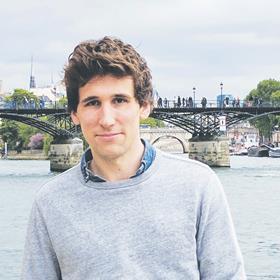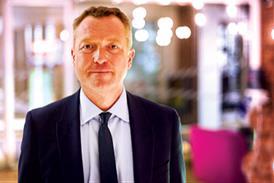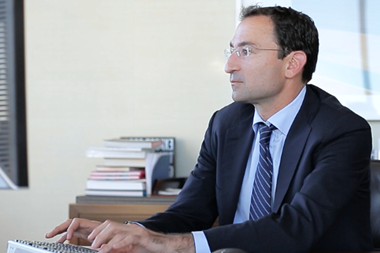My attention was recently caught by an article in The New Yorker by US author Jonah Lehrer on the Massachusetts Institute of Technology’s wartime Building 20 – a laboratory known as the Rad Lab that is believed to have played a major part in the Allies’ victory by advancing radar development 25 years in just three.

The building was designed in an afternoon, built quickly and cheaply as a simple wooden frame on top of concrete slabs. It was meant to be demolished straight after the Second World War, but ended up lasting until 1998, because in the intervening years, it became a hothouse of innovation.
It is believed the building was so successful because its inhabitants were thrown together in an almost haphazard manner. Different tribes passed in the hallway and congregated at the watercooler, from nuclear scientists to linguists and other experts, resulting in the kindling of new ideas. The building became known as one of the most creative spaces in the world.
I raise Building 20 in the context of today’s real estate world because through a combination of the end of lockdowns, increased liquidity and a change in the profile of people in the sector, the industry is going through its own creative explosion.
The return to the workplace is generating a creative spark as people move away from the semi-
isolation of working from home.
Meanwhile, quantitative easing in the wake of the global financial crisis drove some spectacular returns, particularly in what were known as alternative asset classes, and increased the sector’s appeal for people who might have pursued different careers – especially when coupled with the sector’s entrepreneurial nature and the current generation’s demand for more creative careers.
The strong performance of sectors with an operational real estate focus, such as build-to-rent and curated, experiential retail, is leading to new experts entering the sector: people who understand the needs of customers rather than being the rent collectors of old.

The growth of technology in real estate is also creating a change in the industry’s demographic. For example, the need to understand the science behind climate change and potential solutions is leading to the creation of more technical roles – a necessary step, given that real estate is reckoned to generate 40% of greenhouse gases.
While the barriers to entering real estate are now lower, there is a growing demand from investors for improvements in ESG, which is leading to the arrival of new talent who contribute to the acceleration of positive change in the industry.
I’m also pleased to report that industry leaders are keen to work in a collegial atmosphere with both younger talent and the more experienced experts moving into the sector, as they seek to ‘give something back’ as well as continue to chase growth.
The pandemic has additionally proved a catalyst for new ideas, with homeworking technology and the growth in innovation around the repurposing of buildings proving that the real estate world is most fertile at times of change.
Against this backdrop, it’s my privilege to chair the Urban Land Institute’s Young Leaders Group, and we plan to create something akin to the hothouse atmosphere of Building 20 at this week’s 2022 ULI Europe conference in Brussels.
Real estate has seen more change in the past five years than ever before: I’m proud that our Young Leaders will be leading the charge in the years ahead.
William Riordan is chair of the ULI Young Leaders Group
































No comments yet